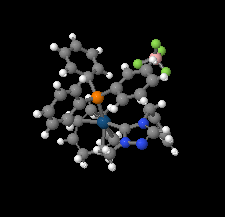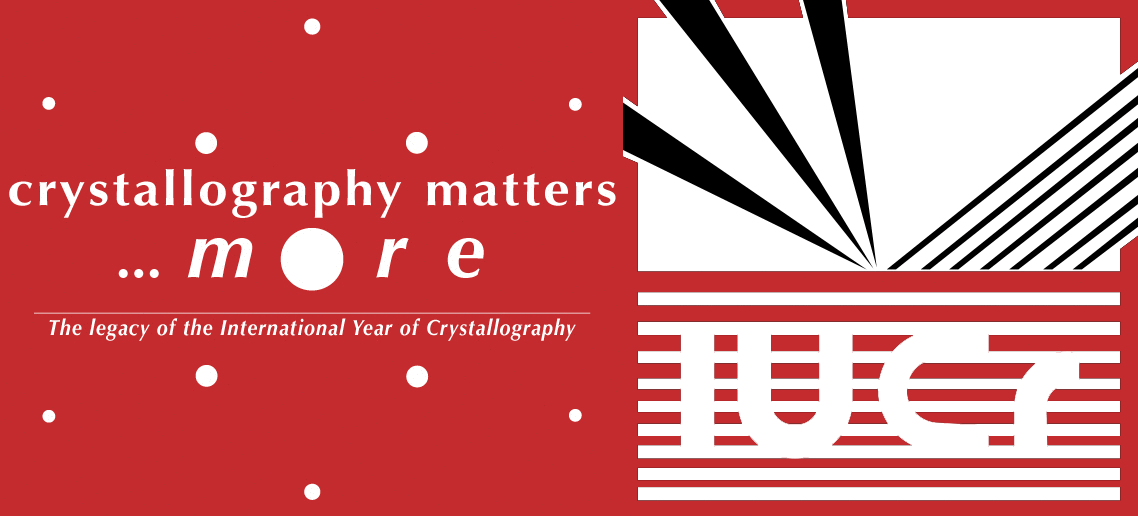issue contents
August 2021 issue

Cover illustration: A new triazole-based N-heterocyclic carbene iridium(I) cationic complex with a tetrafluoridoborate counter-anion, (4-benzyl-1-methyl-1,2,4-triazol-5-ylidene)[(1,2,5,6-η)-cycloocta-1,5-diene](triphenylphosphane-κP)iridium(I), [Ir(C10H11N3)(C8H12)(C18H15P)]BF4, has been synthesized and structurally characterized. The cationic complex exhibits a distorted square-planar environment around the IrI ion. One significant non-standard hydrogen-bonding interaction exists between a hydrogen atom on the N-heterocyclic carbene ligand and a fluorine atom from the counter-ion, BF4−. In the crystal, π–π stacking interactions are observed between one of the phenyl rings and the triazole ring. Both intermolecular and intramolecular C—H⋯π(ring) interactions are also observed. See: Newman, Astashkin, Albert & Rajaseelan [IUCrData (2021). 6, x210836].
metal-organic compounds


 access
access

 access
access

 access
access

 access
access

 access
accessorganic compounds


 access
access

 journal menu
journal menu

















![[publCIF]](/logos/authorchecklist11.gif)





